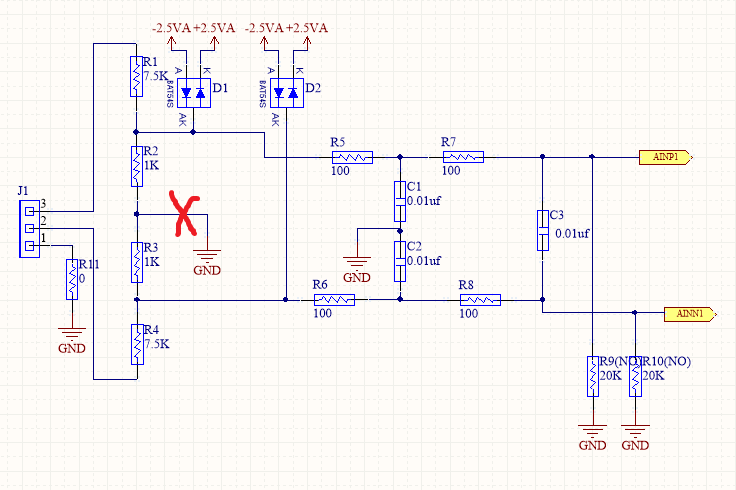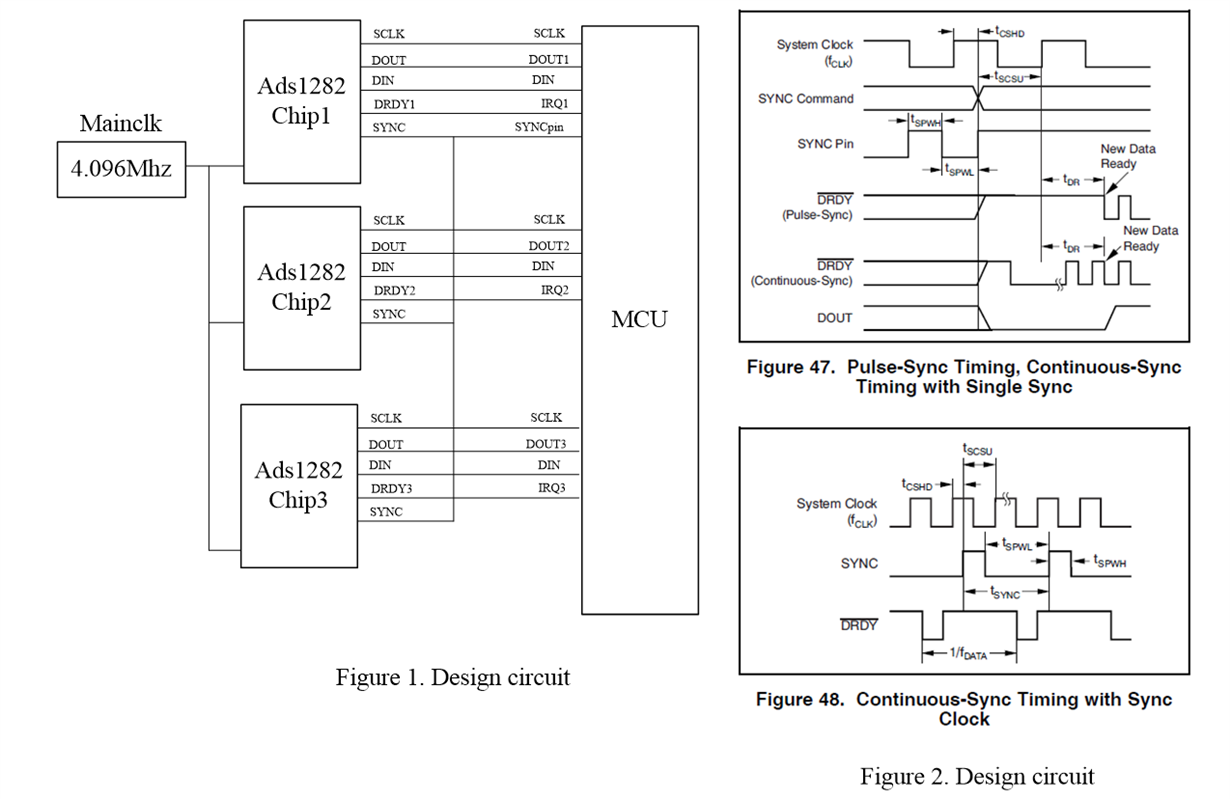Hello,I 'm begin to design seismic data acquisition system (Geophysical Exploration Tool). To convert analog data from geophone into digital format. now i choose the ADS1282 for my design. i met following question 1. the sensor of nonametrics : http://www.nanometrics.ca/seismology/products/trillium-120-Q-QA
ADS1282WREG2(ADC_ADDR_CFG1,0x08); // ·Å´ó±¶Êý1
READDATASPI1();
ADS1282WREG2(ADC_ADDR_CFG1,0x18); // ·Å´ó±¶Êý1
READDATASPI1();
SPI1_WriteByte(ADC_SDATAC);
ADS1282WREG1(ADC_ADDR_CFG0,0x42); // ¸ßλÔÚÇ°¡¢Ð£×¼¡¢Ê¹Óûº³å
ADS1282WREG1(ADC_ADDR_CFG1,0x08); // ·Å´ó±¶Êý1
SPI1_WriteByte(ADC_RDATAC);
READDATASPI1();
SPI1_WriteByte(ADC_SDATAC);
ADS1282WREG1(ADC_ADDR_CFG0,0x42); // ¸ßλÔÚÇ°¡¢Ð£×¼¡¢Ê¹Óûº³å
ADS1282WREG1(ADC_ADDR_CFG1,0x18); // ·Å´ó±¶Êý1
SPI1_WriteByte(ADC_RDATAC);
READDATASPI1();
it's very kind that your reply





